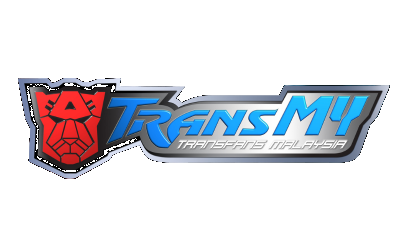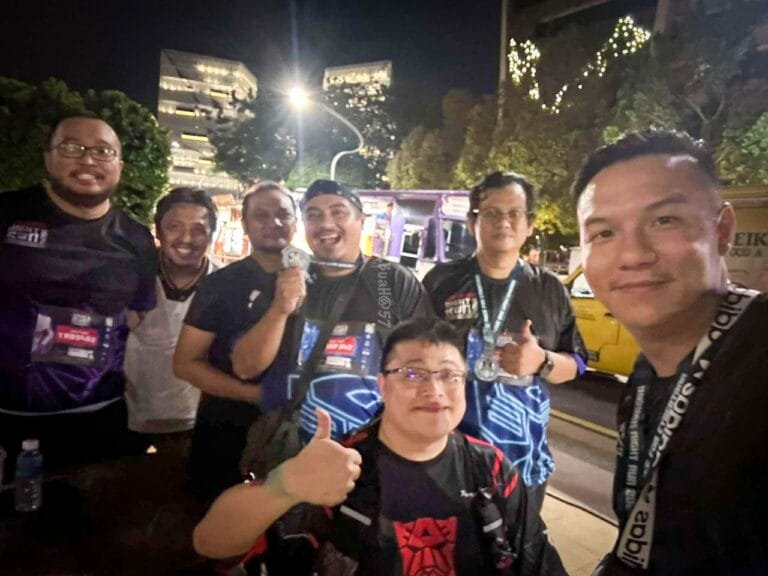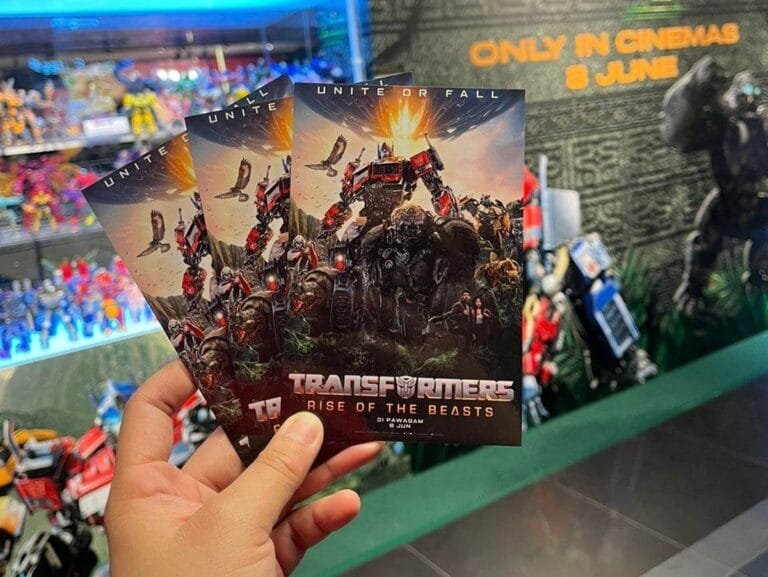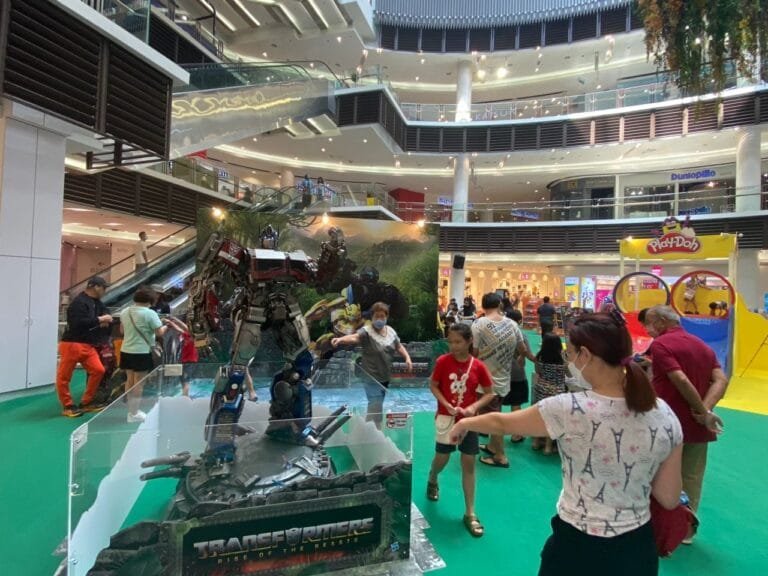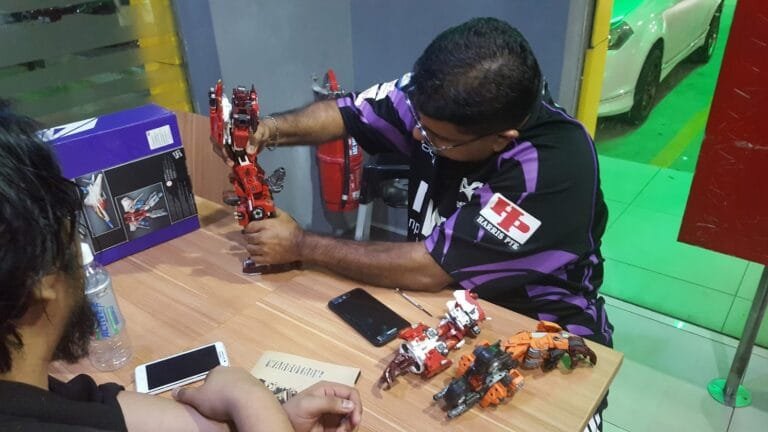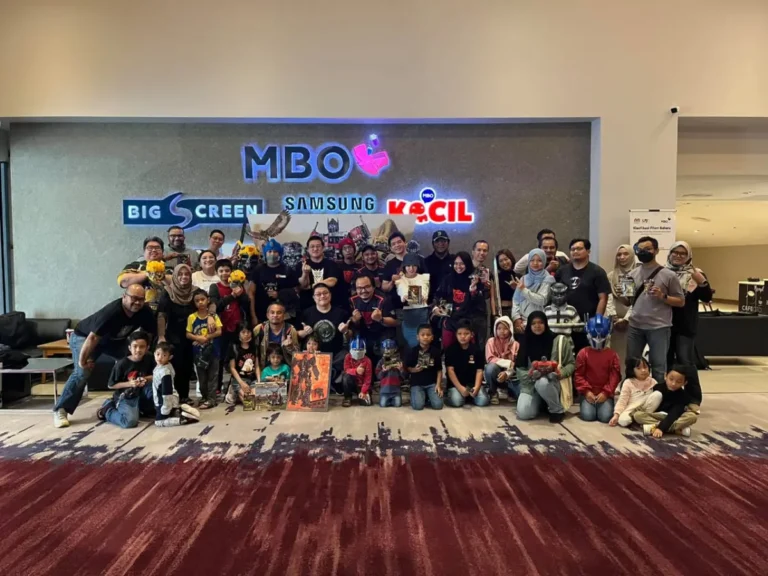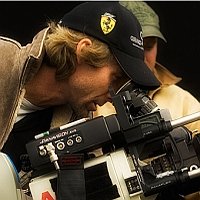 As the story goes, the Transformers — enmeshed in intergalactic battle — traveled from the far-off planet of Cybertron all the way to earth in pursuit of an all-powerful talisman. They are having trouble handling the National Park Service, however.
As the story goes, the Transformers — enmeshed in intergalactic battle — traveled from the far-off planet of Cybertron all the way to earth in pursuit of an all-powerful talisman. They are having trouble handling the National Park Service, however.
Plans are underway for portions of the third segment in the blockbuster Transformers series to be filmed in D.C. this September, a chance for the city and its businesses to reap spending on hotel rooms, meals, equipment rentals, taxi rides and temporary jobs from a production budget some have estimated to total more than $200 million.
A dispute with the Park Service, however, over where and what the film crew will be allowed to shoot has producers from Paramount Pictures and DreamWorks scaling back their plans for the city. The companies had planned a colossal number of filming days — about 14 — in addition to an expected month or more of time in D.C. for other production needs. Now the period of “principal photography” might be whittled down to less than a week, despite the project having director Michael Bay and producer Steven Spielberg at the helm.
Paramount spokeswoman Gabriela Gutentag said with negotiations ongoing, she did not know how many days the company would end up filming in D.C. “We’ve gone from two weeks to 10 days to three days to seven days; I don’t really know,” she said.
Bill Line, Park Service spokesman, said the producers “have asked to do some things that simply are not done on the National Mall,” among them staging a “car race” along the Mall’s gravel paths and flooding it with artificial light in order to shoot at night.
“A lot of this could be more appropriately shot in a Hollywood studio,” Line said. “The National Mall is not an area in which Americans come to see high-tech action movies being shot.”
Kathy Hollinger, director of the D.C. Office of Motion Picture and Television Development, acknowledged that the plans amounted to “a lot more than D.C. has ever been accustomed to in terms of scale and impact,” including, for instance, simulated explosions and pyrotechnics at locations along Pennsylvania and Independence avenues.
“The robots will be here,” she said. “It’s not like they’re going to be building and having these little miniature Transformers running around and then make them look real with CGI effects afterward.”
But Hollinger said that even with the changing plans, she expected “Transformers 3” to possibly have the greatest economic impact on the city of any film, surpassing the roughly $7.5 million Universal Pictures dropped in the city during six weeks of work in 2008 on “State of Play,” a Russell Crowe film with scenes from Ben’s Chili Bowl and the Georgetown waterfront. For “Transformers 3,” her office has also partnered with a Los Angeles-area organization to train 50 District residents for production assistant jobs with Paramount, and she believes the film will also lead to tourism business.
“The economic impact is tremendous because of its effects during the years after,” Hollinger said. “Tourists, families, kids want to go to the cities where ‘Transformers’ was filmed, similar to the effect that ‘Night at the Museum’ has had.”
After “Night at the Museum: Battle of the Smithsonian” came out in 2009, the city’s marketing arm, Destination D.C., partnered with Post Foods and Kraft Foods on a promotional sweepstakes offering a prize trip to Washington and overnight stay at the National Air and Space Museum.
Though a lot is at stake with a blockbuster like “Transformers 3,” the tension isn’t new. Carol Flaisher, a longtime location manager in D.C., said producers and the Park Service were natural antagonists, with the movie crews demanding to do whatever they please and the Park Service wagging its finger. “We want to make the best movie we can make and that may mean pushing the envelope, and the Park Service is in the position of pushing back,” she said.
“It’s not ‘Transformers 3,’ ” she said. “It’s every single movie production that comes to town.”
